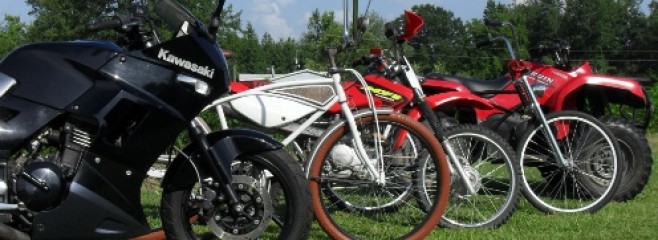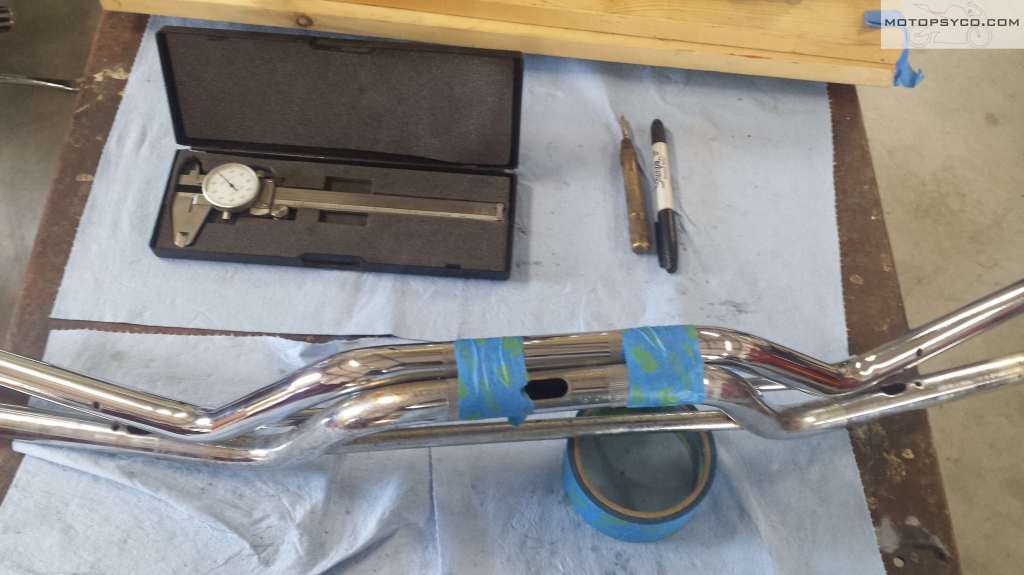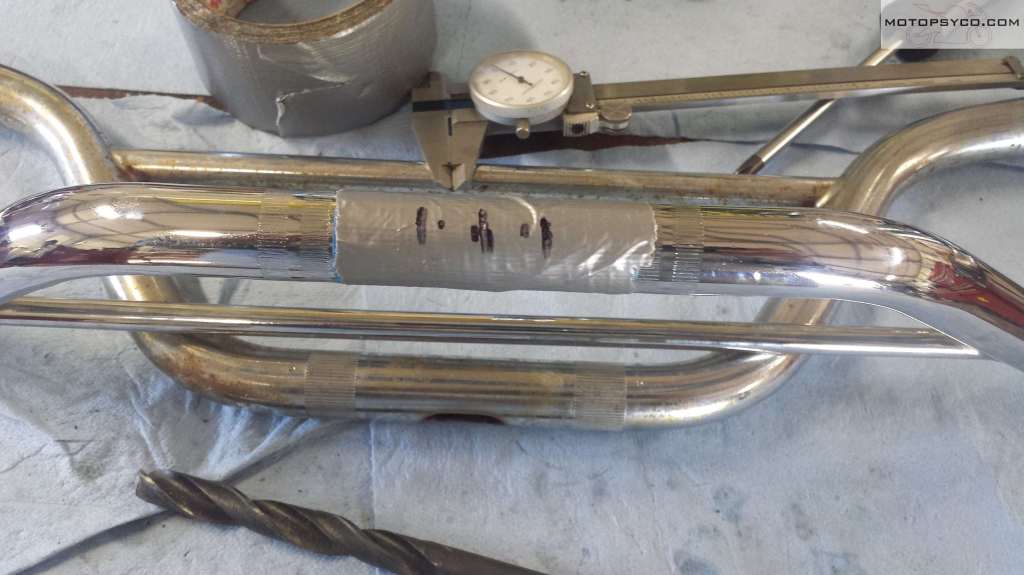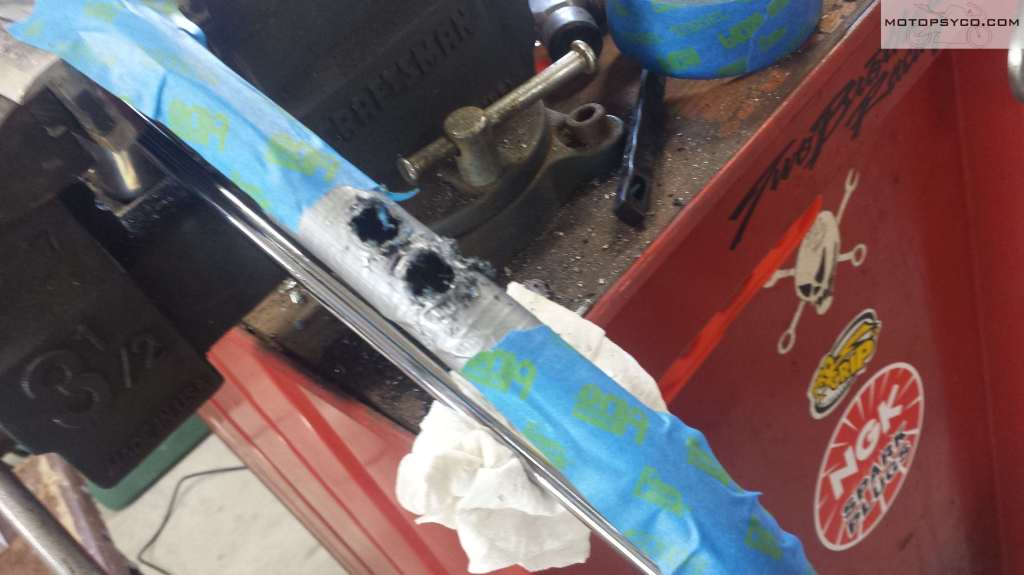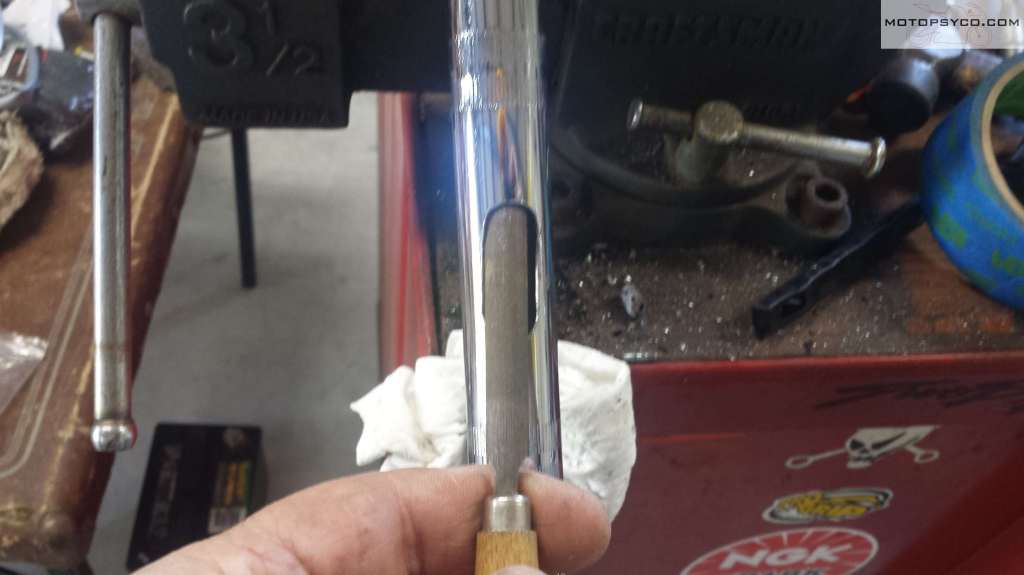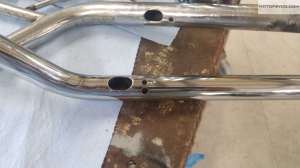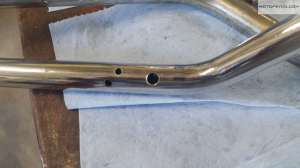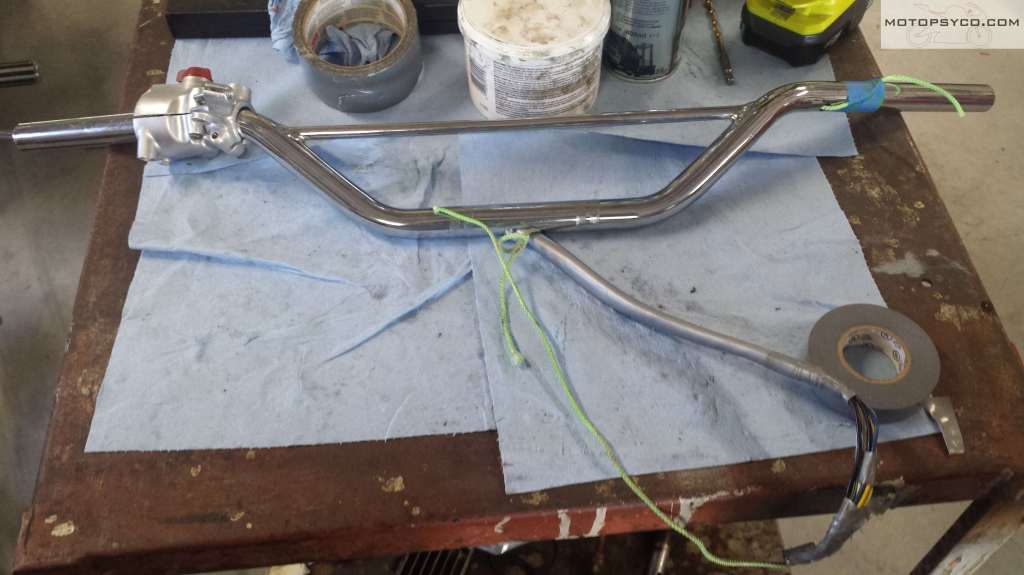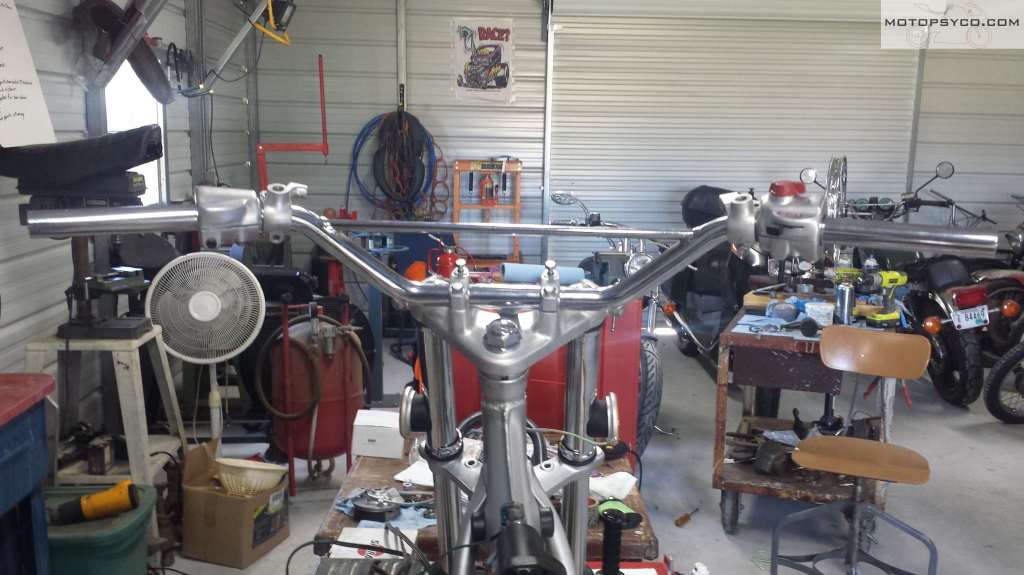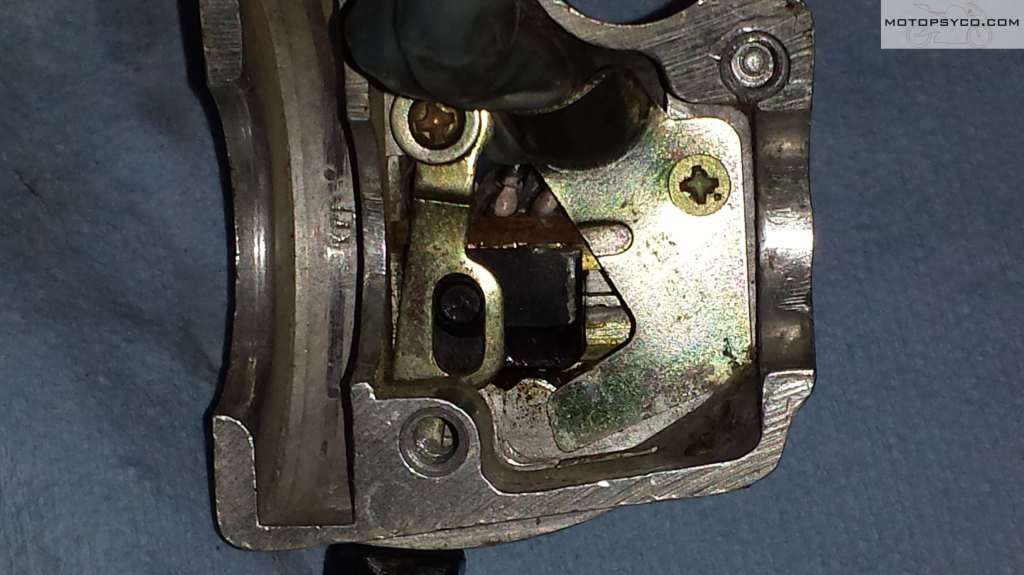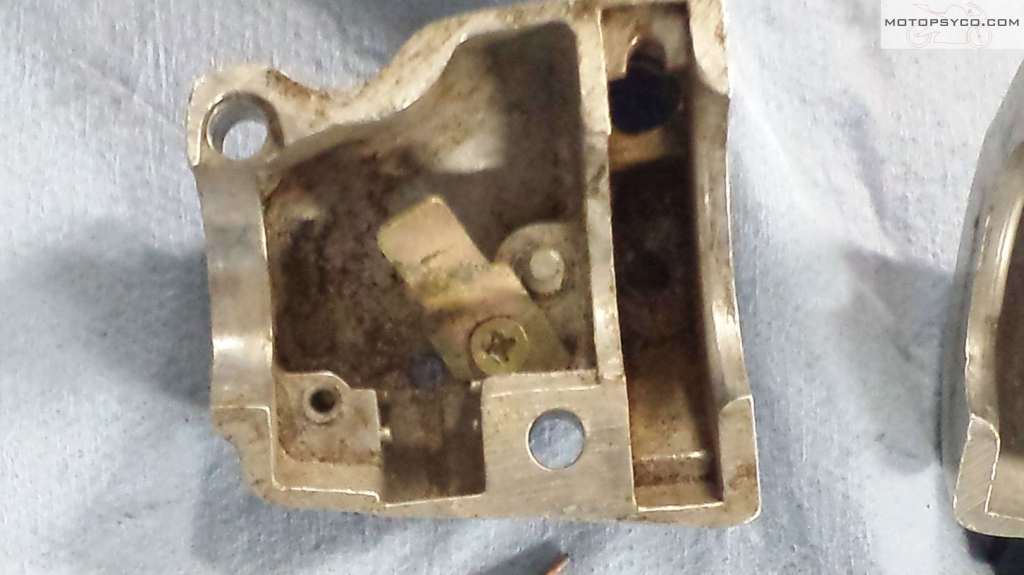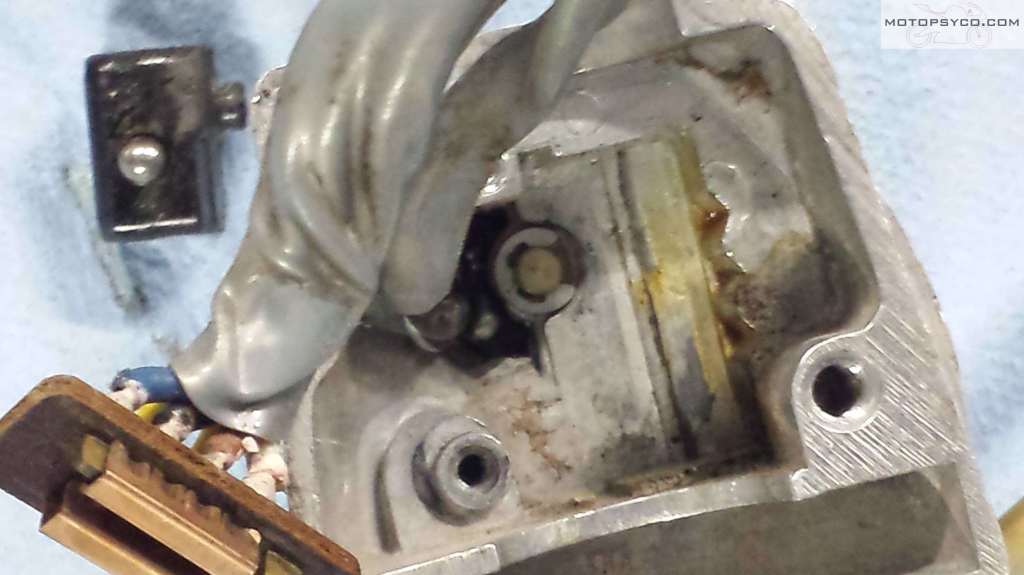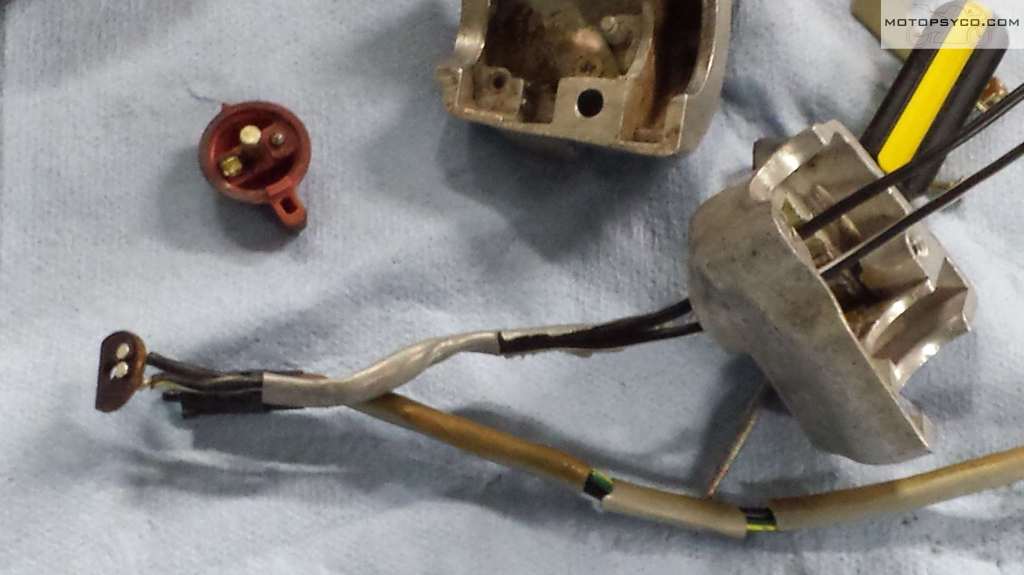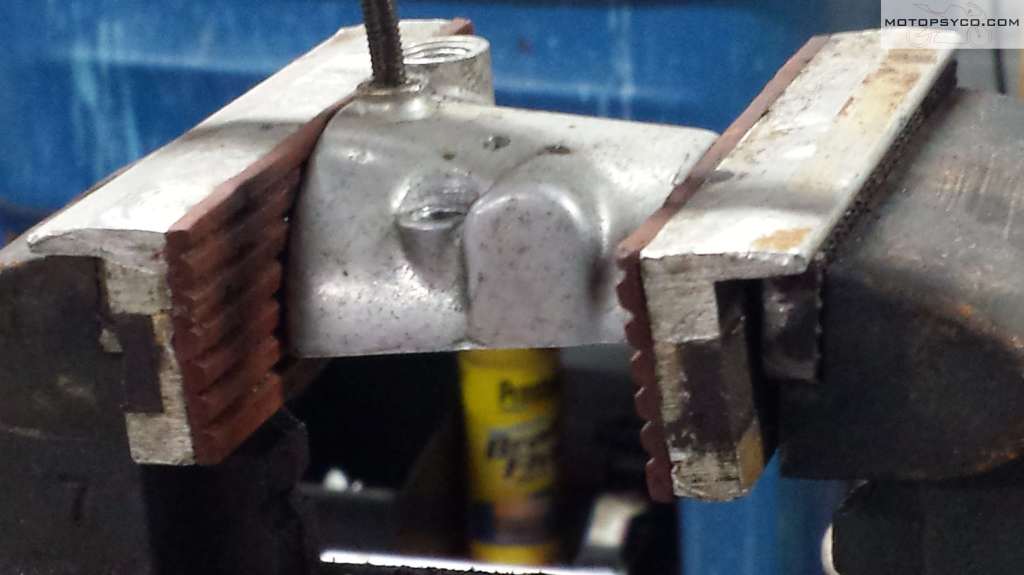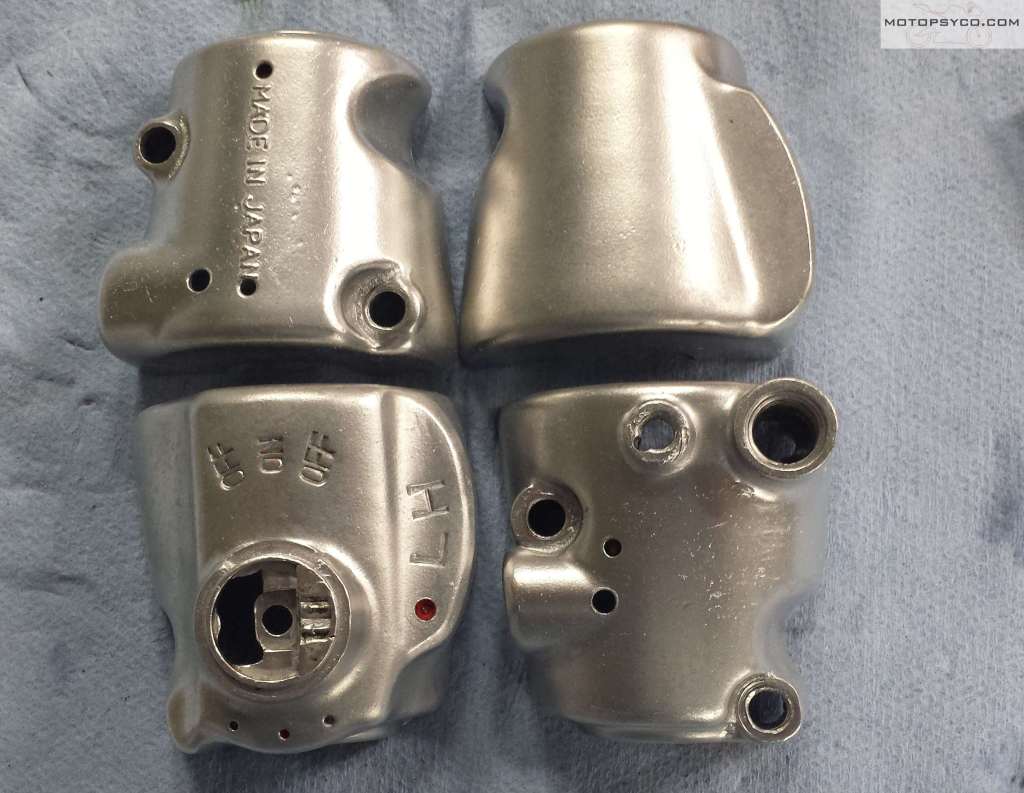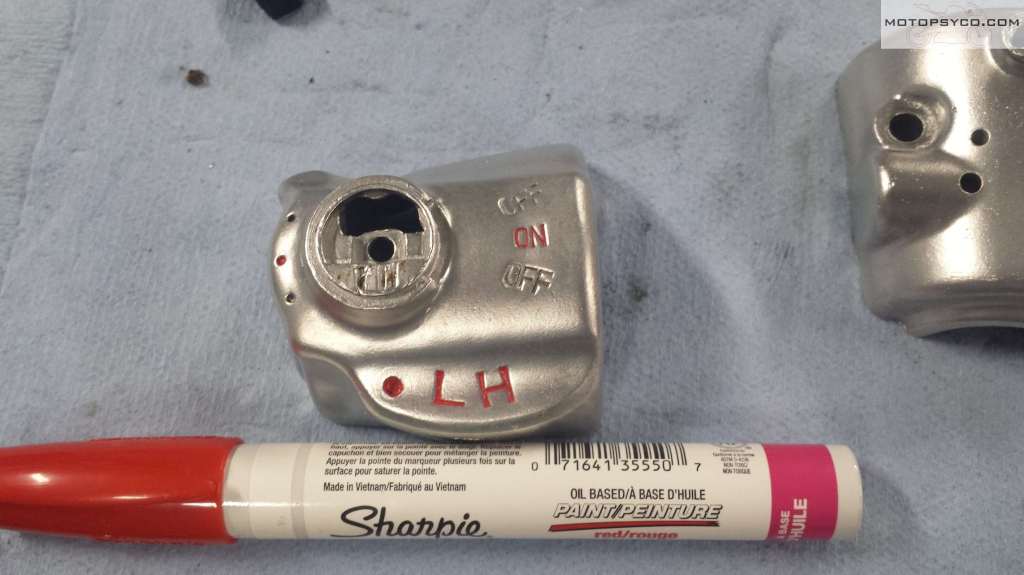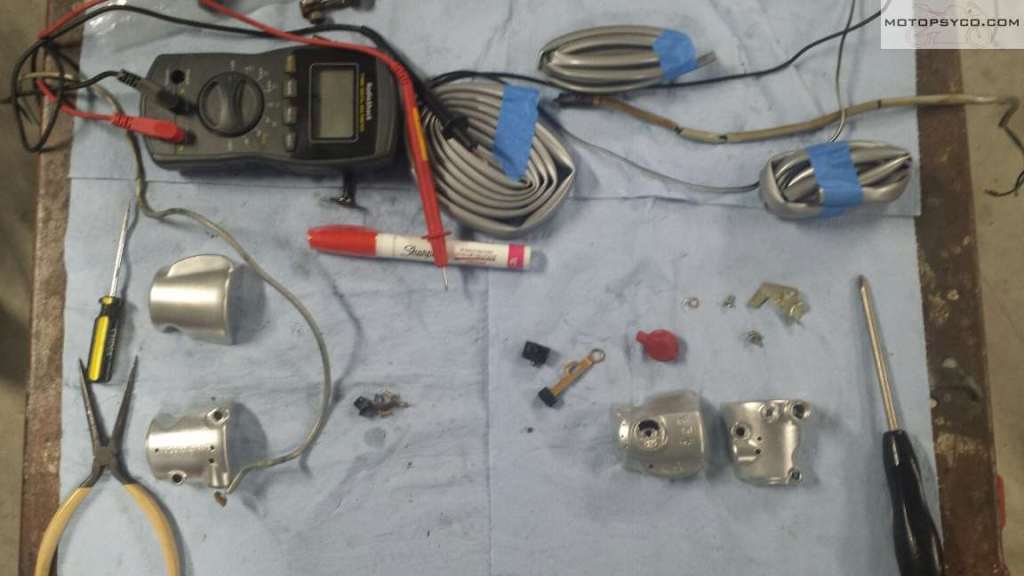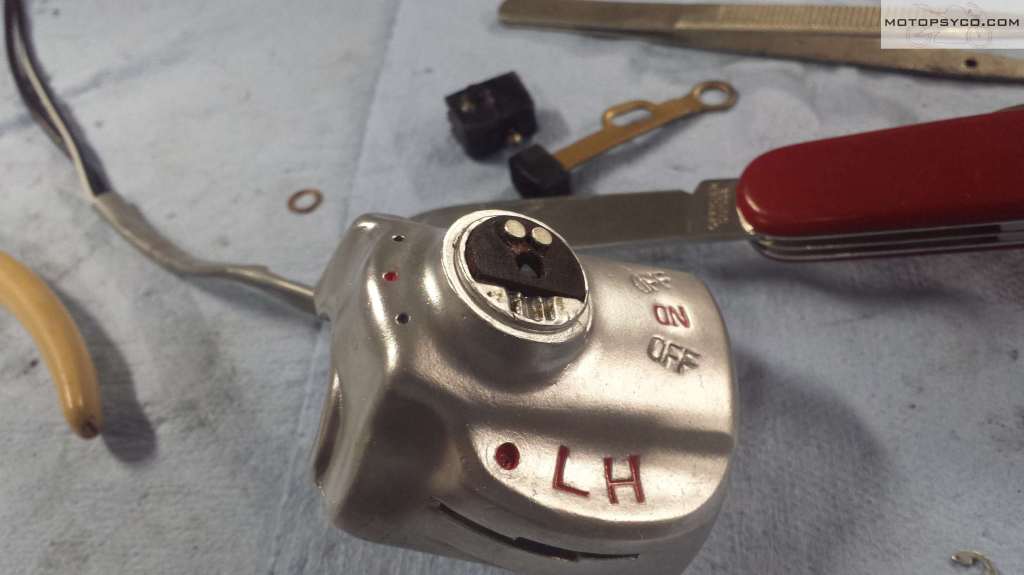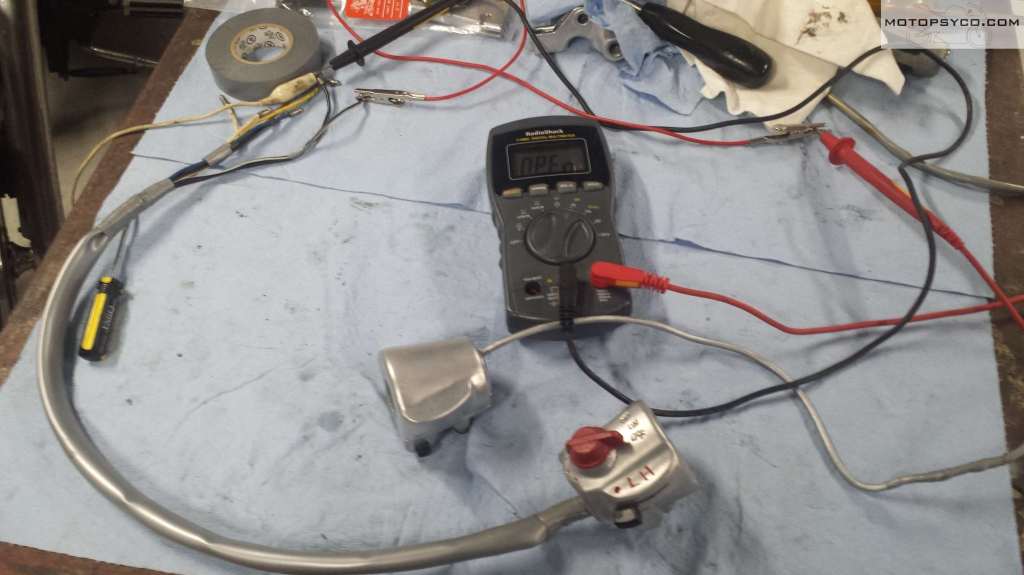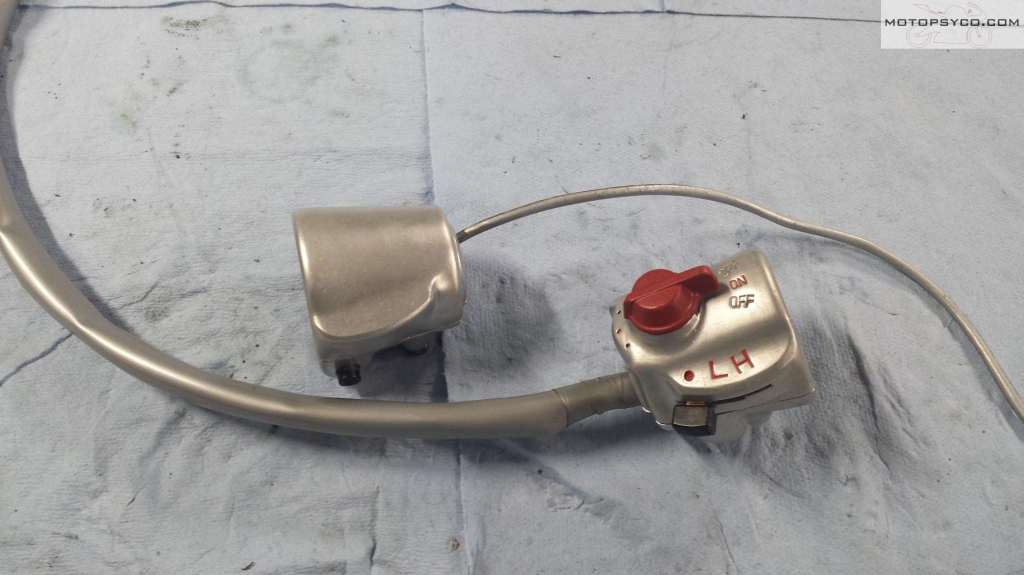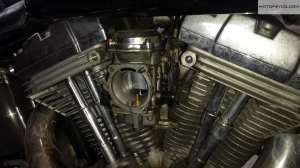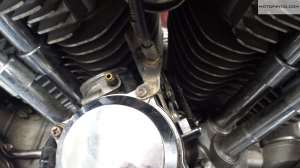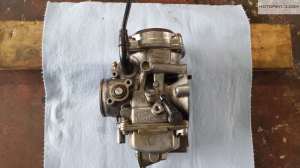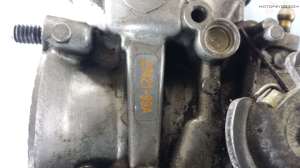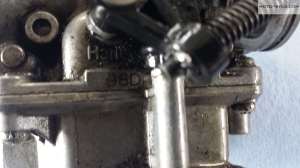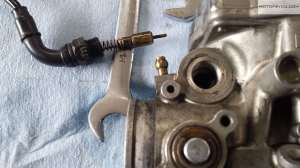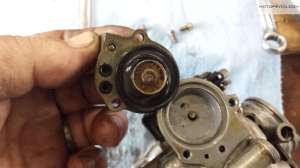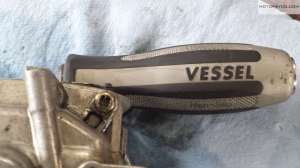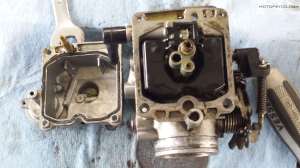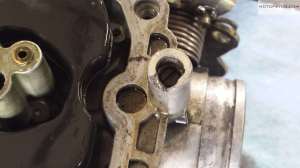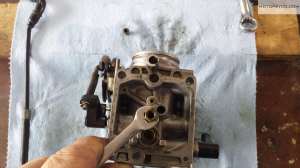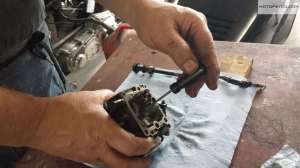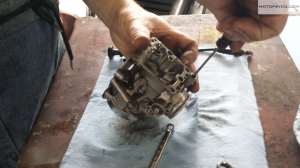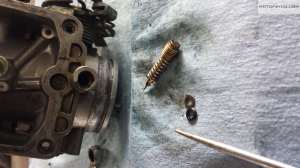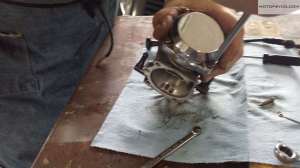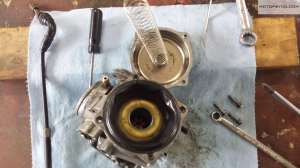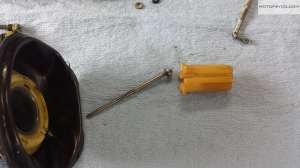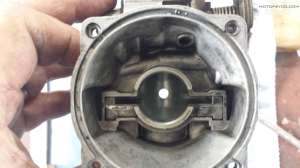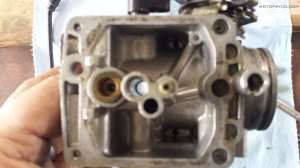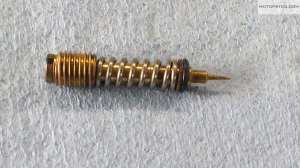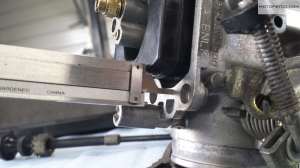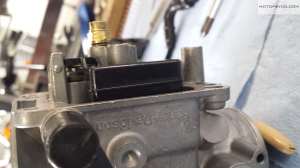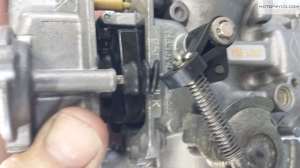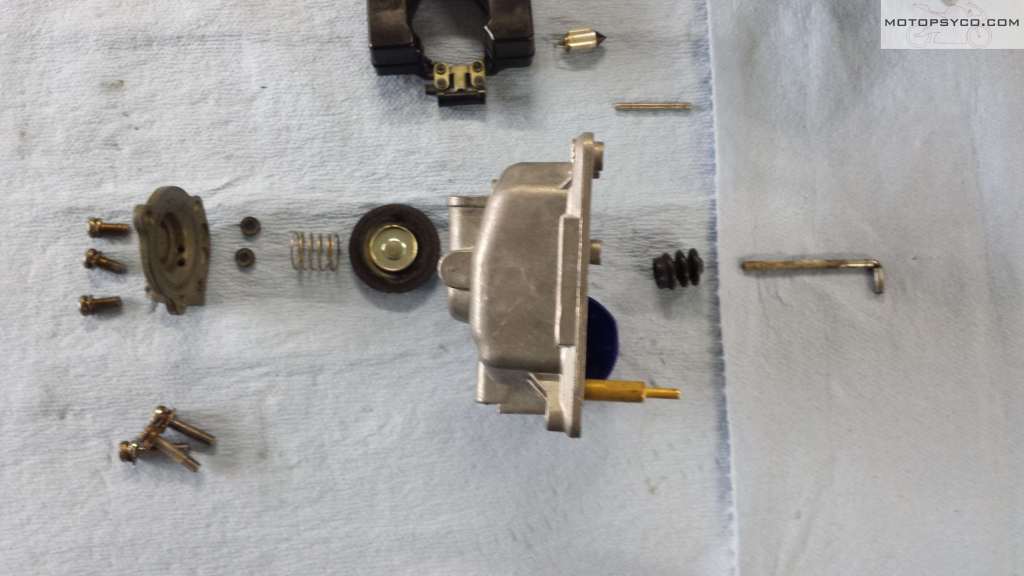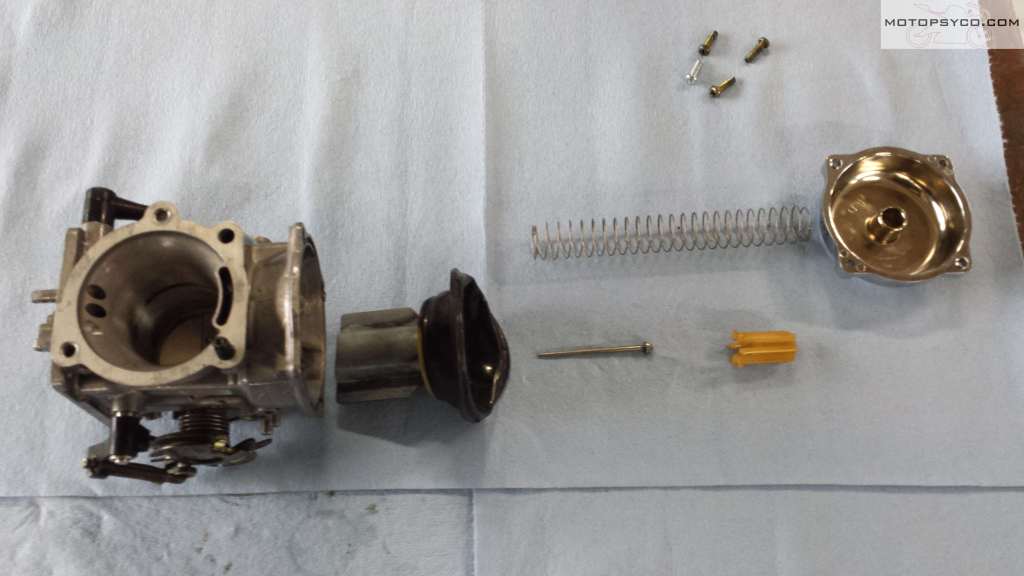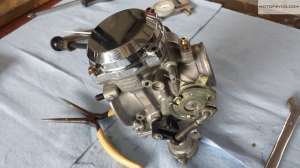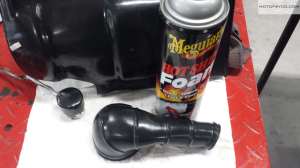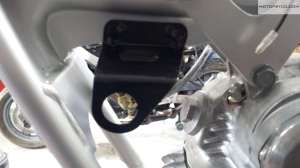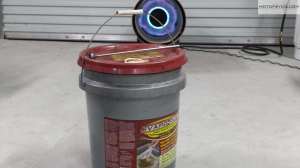I’m sitting here at my desk listening to random old folk music, enjoying my favorites Guy Clark, Townes Van Zandt, Emmylou Harris, Allison Krauss etc. when Bang the Drum Slowly by Emmylou came on and sent me back down the primrose path of memories to one of my few early childhood experiences that I both remember and enjoy. Most of my early life is lost in a fog and I don’t really remember that much of it except for the exceptionally good times & the extremely traumatic events.
About 1971 while I was attending kindergarten at one of the many conformity factories that the government forces children into, we went to visit my father at the army base where he was having his annual National Guard training at the time. It was a terrific day for me; Daddy showed us around the base and introduced us to the guys in his unit. All the vehicles were on display and my brother and I were even allowed to touch them. My favorite was the tanks of course and it was the thrill of my life to climb up to the top of the turret for a look inside.
Another terrific thing that I remember was that he bought me my own little BDU uniform complete with a hat and an embroidered nametag with our last name on the chest just like his. I remember wearing it to school sometimes. It was kind of cool back then but I can’t help but wonder if a small child would even be allowed to wear such a thing to school today.
I remember his duffel bag being packed & ready but didn’t really think anything of it until years later when my mother mentioned that he had been on 24 hour notice to report for duty, and how thankful she was when Nixon finally brought that little war to a close.
Another favorite memory from that same time period was learning to shoot his old shotgun. Since I was physically too small to hold it up, he rolled down the window on his old 1966 Chevy II station wagon so little young me could prop the barrel on the windowsill while aiming at the target. Later that same rusty, off white station wagon would carry us and the dogs on many enjoyable bird hunting trips.
He taught me to ride a motorcycle on that wonderful Christmas morning when my brother & I got our first dirt bikes. If you read this blog you know what influence that had on me.
For a while he restored cars for people to pick up a little extra money on the side and I truly loved helping him with that. It made me proud to look at those beautiful Mustangs and that big old red Cadillac convertible & say to myself, “my daddy did that.”
My first car was a beat up pile of junk Mustang II with cracked heads & a slipping transmission. Over time we fixed it up even to the point of rebuilding the engine, which by the way we did sitting on the tail gate of his truck on a nice spring day. After we got it all back together & I finished hooking up all the wiring, driveshaft, etc. he had me fire it up and we set the timing. He slid behind the wheel and we rode around for a bit before he turned down the deserted country road where several generations of local street racers went to prove their machines & their mettle. Pulling up to the “starting line” he pulled the shift lever back to first and floored it, running it up to 5500 rpm in first & second on the 3 speed automatic and when he passed the finish line (approximately but not exactly a ¼ of a mile) I looked over at the speedometer & the needle was on 105 mph. After slowing down to a stop he checked all the gauges and listened to the engine a minute then he turned to me and said, “ You know that if I ever catch you doing this I’m gonna have to whip your ass.” Of course he was grinning like the Cheshire cat when he said it. To this day I’ve never been able to figure out how he got that little Ford up to 105 in that distance, because the best speed I could ever get up to in that same place was 100 mph.
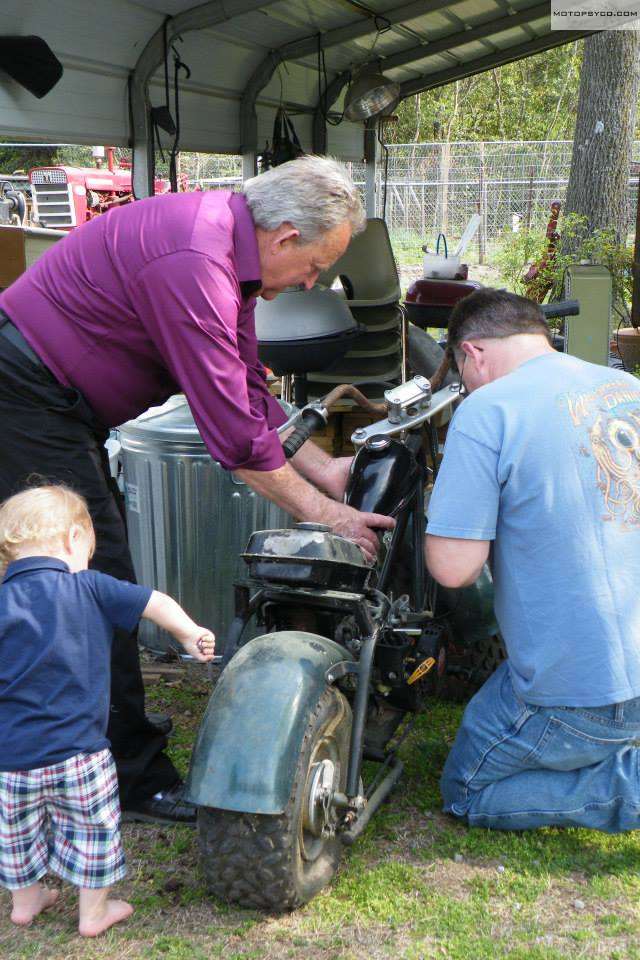
Later I watched as he became one fine grandpa & great grandpa for my daughters, nephews & their children. He wore the mellowness of his advancing years well, and I’m glad they got to experience that with him.
He fought through several bouts with cancer but seemed to pull through each time. When it was time for my mother & he to celebrate their 50th wedding anniversary he looked good and we fully expected to have him around a lot longer than we did. But the big C is a relentless enemy and after being banished from his prostate and his lungs it waited a while & the launched a massive counter attack on his lymph nodes. While in the process of treatment he had a simultaneous stroke & heart attack and was gone by the next morning. I still have a hard time processing it but writing and sharing this with you helps, so does good music.
As the angelic voice of Emmylou Harris fills my head with this song my eyes began to water up and I am very thankful to have a private office so that no one could see me cry. No my dad was not a fighter pilot who was laid to rest in Arlington like hers, he was medic in the National Guard and he was cremated & the family scattered his ashes in the waters of his favorite place on this earth, Murrells Inlet SC, but her song takes me back to all my memories of him.
Through all the good & bad, he was my greatest teacher, he wasn’t perfect but he was my Daddy.
“I meant to ask you how to plow that field
I meant to bring you water from the well
And be the one beside you when you fell
Could you tell.” Emmylou Harris &
Guy Clark
